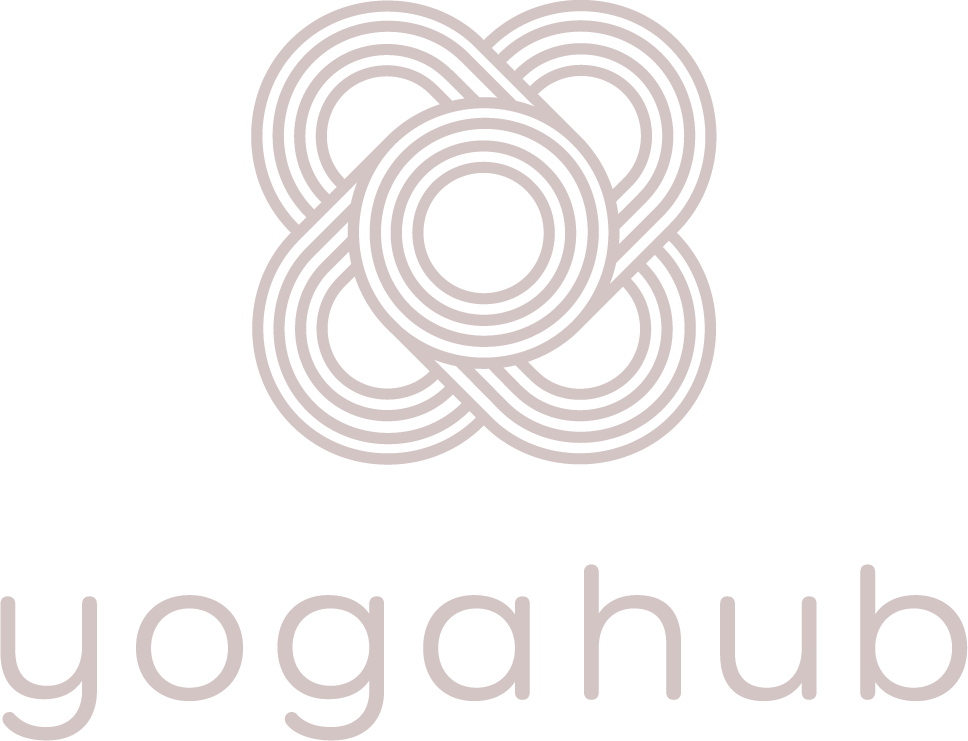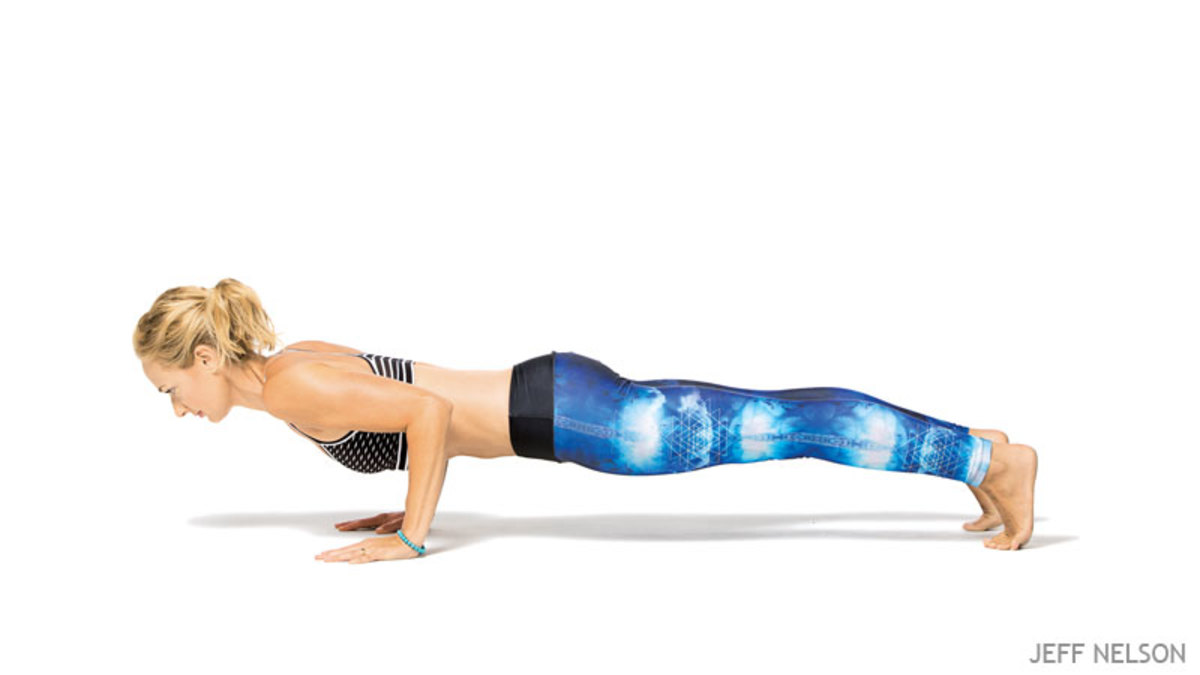If you’re new to yoga and joining mixed level classes with more experienced yogis, it’s normal to feel unsure of some of the postures when a teacher cues them to the class. Here’s a cheatsheet with 3 commonly used yoga cues and how I interpret them.
- Chaturanga
In flow classes, you’ll usually have a lot of ‘chaturangas’. This is when you flow down from a plank position to slowly lower your body to the mat on the exhale. Keep your elbows tucked in to your body and press your palms into the mat. It can help to imagine you are opening up a jar with your palms, bring this circular pressure to your palms to keep the elbows tucked in to your body. To do this you will need good upper body strength and a relatively strong core. There are 2 modifications to this to help you build up this strength. One is commonly called ‘knees-chest-chin’ in class. Start in plank position, lower your knees, then on the exhale, bring your chest down to the mat, keeping the hips high and then to lower the hips so your whole body is now on the mat. This is often given as a quick cue in class as ‘come down chaturanga or knees-chest-chin.”
If coming down knees-chest-chin feels a little too much, use the third option. Start in plank and lower your knees, as before. This time, keep your back straight and keep the elbows tucked in to the sides of your ribs and gently pull the belly in to the spine. Keeping the back and neck in one straight line, lower your upper body to the mat on the exhale to bring your whole front body down to lie on the mat.
- Sun Salutations
‘Surya Namaskar’ translated as ‘sun salutations’ and commonly called ‘sun sals’ in class. These are a common thread across most flow classes. There are 3 commonly used variations of the sun salutation. The first is the ‘Classic Sun Salutation’ which some claim has been practiced for over 2,500 years. Then there is Sun Salutation A and Sun Salutation B. The main variation between these is the number of planks and the addition of chair pose in Sun Salutation B. Confused? You’re not alone. This can be tricky when you’re starting out and everyone else in the class is (seemingly) effortlessly flowing through the sequence. The good news is, these start to come to you really easily as you practice. If you want to feel more at ease, look into the sequence at home to prepare yourself for your next yoga class, or place your mat up near the teacher so you can watch the sequences more closely. You’ll be flowing through your sun sals like a pro in no time.
It will feel great when you start to get familiar with these flows so you can focus less on what others are doing and bring your focus in on your own experience as you flow with your breath. That’s when the real joy of yoga happens, as you move with your mind, body and breath all aligned.
- Engage your core
For the longest time, I didn’t know what this meant. When a teacher cued this, I would stiffen up all my abs to the point that I couldn’t breathe. Then I would try to keep moving with a really shallow breath and would find myself frustrated so would let my abs relax so I could move through the postures.
When a teacher cues you to ‘engage the core’ it generally means pull the belly button in to the spine and ever so slightly up towards the ribs. It doesn’t mean pull your stomach in to the point you can no longer breathe deeply. If you cannot breathe, ease up. Try it now wherever you are: pull the belly button inwards, and upwards. Now try to breathe. If you cannot breathe deeply, relax the core only by 10%, now breathe again. Keep relaxing by 10% and trying deeper breaths until you find a point of gentle engagement in your belly but you can still breathe. Breathing is the real beauty of yoga, so if you can’t breathe, ease up. Regardless of what pose you are doing, and regardless of what anyone else in the room is doing.
If you’re still feeling a bit unsure, approach your teacher after your next class. They will be more than happy to help answer your questions. Either way, keep breathing and stretching! If you’re a longtime yogi and you want to offer any advice, please comment below – we’re lucky to have a really supportive yoga community here in Yogahub and we’ll all learn from each other as we go… and as we flow…



